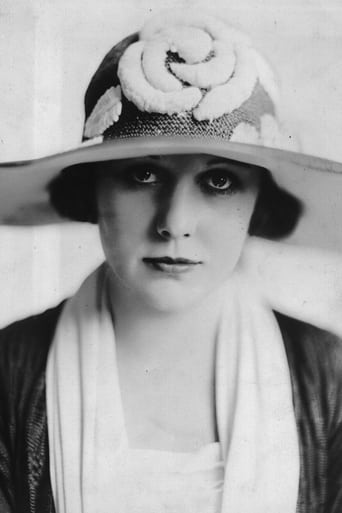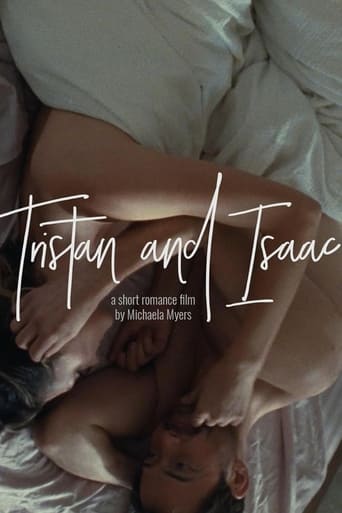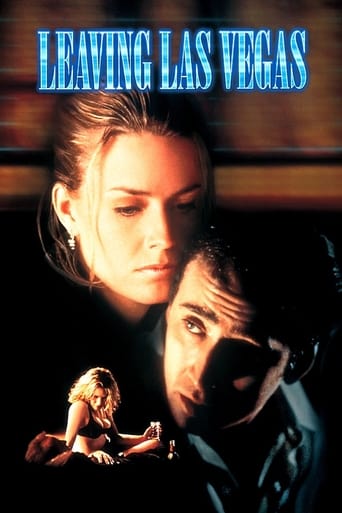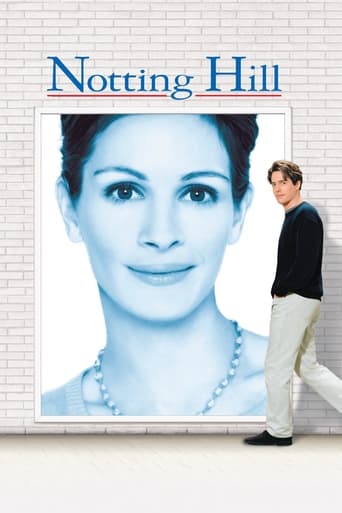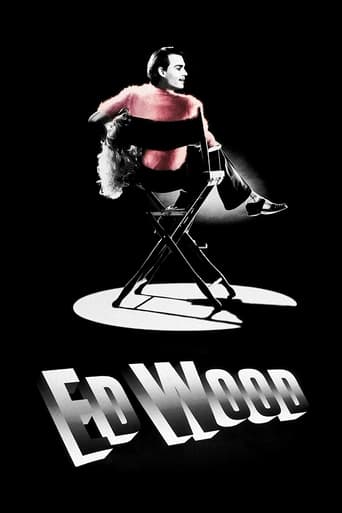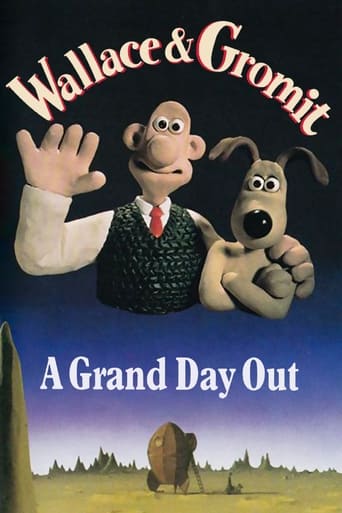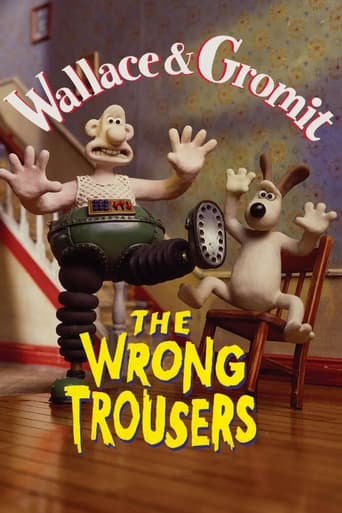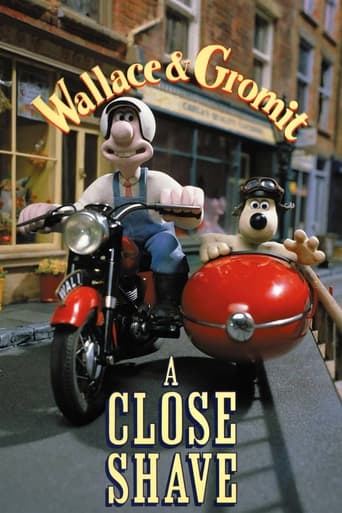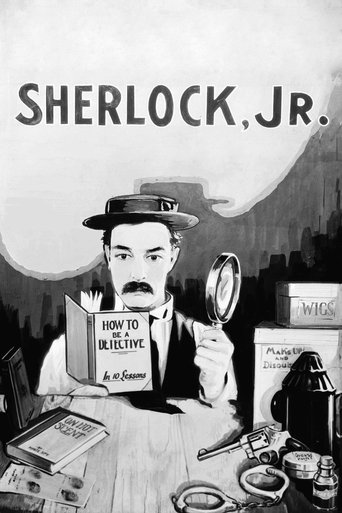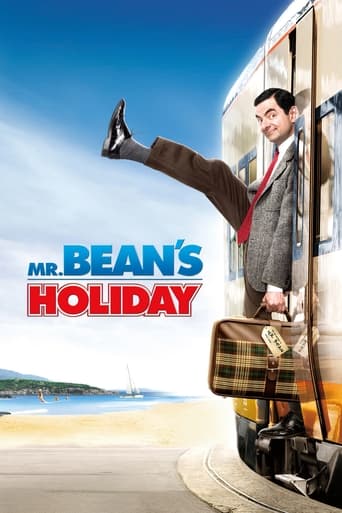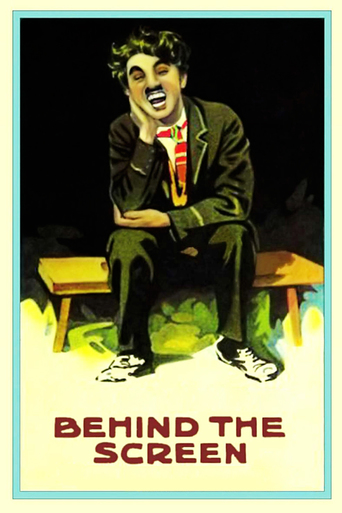

Behind the Screen (1916)
During the troubled shooting of several movies, David, the prop man's assistant, meets an aspiring actress who tries to find work in the studio. Things get messy when the stagehands decide to go on strike.
Watch Trailer
Cast


Similar titles
Reviews
I like the storyline of this show,it attract me so much
How sad is this?
Fresh and Exciting
All of these films share one commonality, that being a kind of emotional center that humanizes a cast of monsters.
In short I wanted to highlight the wonderful work of the 2013 restoration. I have discovered again this gem that gives a glimpse at old time film studios settings; when noise on set didn't matter, and movies could be shot close to each other.Chaplin surely used his personal experience in this one. Making fun of the artificial magic of cinema. Unlike his firsts silent shorts that only showcases a succession of gags, this one has a decent plot. His chemistry here with co-star Edna Purviance is even better than with Paulette Goddard.I am very found of the bear scene, my favorite. Highly recommended to watch the restored copy, to fully enjoy it as Chaplin intended to show viewers when it was released.
I've read a variety of negative comments on this film. Nevertheless, in my eyes it's a small masterpiece, one of Chaplin's best films. The Mutual shorts are generally of high quality, with The Immigrant, The Adventurer, the Pawnshop, and Easy Street often being singled out for praise: It's easy to see why, as they are all outstanding, often in different ways. While these films do not have the kind of meticulous artfulness of the famous longer films, they have a charm that is all their own, particularly because they are not as clearly morally centered as the later films (I am not complaining about that quality of the later films, but rather saying that each way of telling a story has its own value). As such, the shorts have the feeling of giving free play to the comic imagination, which is somewhat amoral, or loosely moral, contradictory, and unbounded. Behind the Screen is a great study in that: more than that, like the other great Chaplin shorts, there is a lot of care put into the film to keep the chaos going in interesting ways, terrific gags, acting, filming, and story telling. These films really show the excitement of a new creative medium being explored: the resulting art is fresh, inspired, and confounded in a way that maybe only happens when something is still beginning.As for the film itself, I think I like it so much because of the interesting way the plot devices are tied together and serve as a vehicle for extremely zesty comic scenes. Comic reversals are the technique and the theme here, with the scene in which Charlie catches his immediate boss's head in the trap door being a great example of reversals being worked out in extremely well done, lunatic routines. The Elizabethan conceit of a young woman dressing as a boy is played against the modern situation of a workers' strike (as her subversion of the union is the way in which a woman manages to find her way into an untraditional role). This situation in turn is set against the very funny scene in which the high-strung director of a comic film (who seems to have a conception of himself as a serious comic artist) pulls his beard in frustration as his actors hurl pies across the studio nailing the bishop, king, queen, and so on who are trying to act a tragic scene on the opposite side of the studio and throwing them into a state of confusion. In the end, Charlie and his new sweetheart (the woman dressed as a boy) appear to thwart the striking workers, but in fact it is too late and the workers do succeed in blowing up the studio. The artificial world the studio represents is thus brought down, but only of course within the confines of its own lens.Personally, I am fully in sympathy with many of the moral tales Chaplin tells in such great films as Modern Times. However, amoral tales like this one are good in another way. They keep things open and unsettled. Comic stories only get going when things go wrong. In this film, they keep on going wrong all the way to the end.
It's very interesting and illuminating to screen Chaplin's early short films, to see his evolution as a comedian and as a protagonist viewers could root for. As well, one can trace the recurrent themes and see him refining and expanding upon routines. The self-referential aspect of "Behind the Screen" is one such scenario he had tried before, and it's a significant advancement over those previous works, becoming the apex of Chaplin's backstage parodies on film-making.From the beginning, Chaplin was involved in self-referential comedies, of which Mack Sennett's Keystone was of the first to explore in film. Only his second film, "Kid Auto Races at Venice" featured Chaplin mugging for the camera much to the annoyance of the cameraman. While at Keystone, Chaplin was also involved in, at least, three similar shorts where he causes mayhem backstage or during a scene: "A Film Johnnie", "The Property Man" (which is set in vaudeville rather than movie-making) and "The Masquerader". In 1915, he directed a much better paced version of this scenario, "His New Job", while at Essanay. The column gag in "Behind the Screen" is elaborated from the brief one in "His New Job". Furthermore, the storyline of Edna Purviance's character trying to get work at the studio by masquerading as a male is taken from "The Masquerader", except then it was Chaplin pretending to be a woman--a reversal upon a reversal. It also fits into the structure of self-reference, as she's an actress playing a wannabe-actress who pretends (acts) in an attempt to become an actress.There are some well worked out gags here involving a trap door and pie throwing, ruining movie scenes and generally causing havoc throughout a film studio. Chaplin and Eric Campbell once again play out their antagonism of David to Goliath. Even the homosexual joke works, without being too offensive. There's also the anti-trade unions social commentary and the violent explosive finale gag, both of which didn't hamper the fun for me.Others have seen a parody of Keystone's film-making and knockabout slapstick in the film, and that certainly has credibility. As well, it's remarkable how far Chaplin had come after only leaving Keystone two years prior. "Behind the Screen" is a much-matured Chaplin short that finds its humor in poking fun at what it is and what goes into itself.
Chaplin plays the part of David, the lowly assistant to the oafish stage hand Goliath, and as is to be expected, everything goes wrong in the most hilarious ways. Being an early short Chaplin comedy, a good portion of the comedy is slapstick, with such elaborately acted scenes as the one with the stage pillar prop that just would not seem to stand up. Poor David works like a slave for the lazy Goliath, but at first, he just keeps messing things up - he just can't seem to do anything right. But later, when he starts working really hard and doing things right, his boss always walks in just as he sits down to rest, and he gets into trouble for loafing on the job, and Goliath, who spends most of his time sleeping, gets all of the credit for David's work.Not only does this film satirize the falsity of film and stage, but it also goes into actual filming, in the surprisingly effective pie throwing scene. Eventually, all of the workers go on strike, leaving only David and Goliath on stage and, as is common in Chaplin's films, he ends up the victor as a result of some inadvertent events concerning a trap door and a lot of guys fighting. The ending of this film is unusually violent for a generally light Chaplin comedy, but the comedic value is never diminished.




